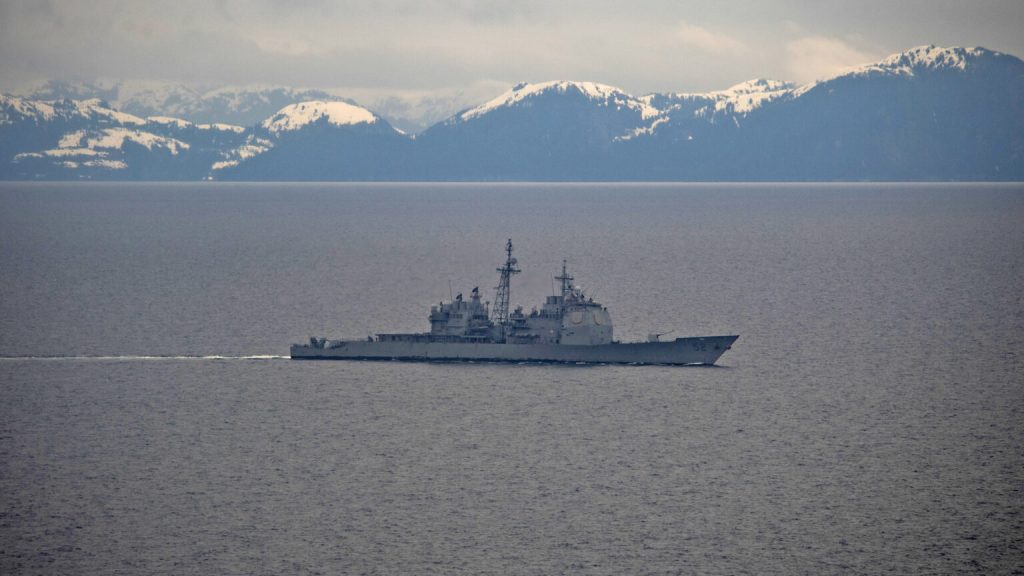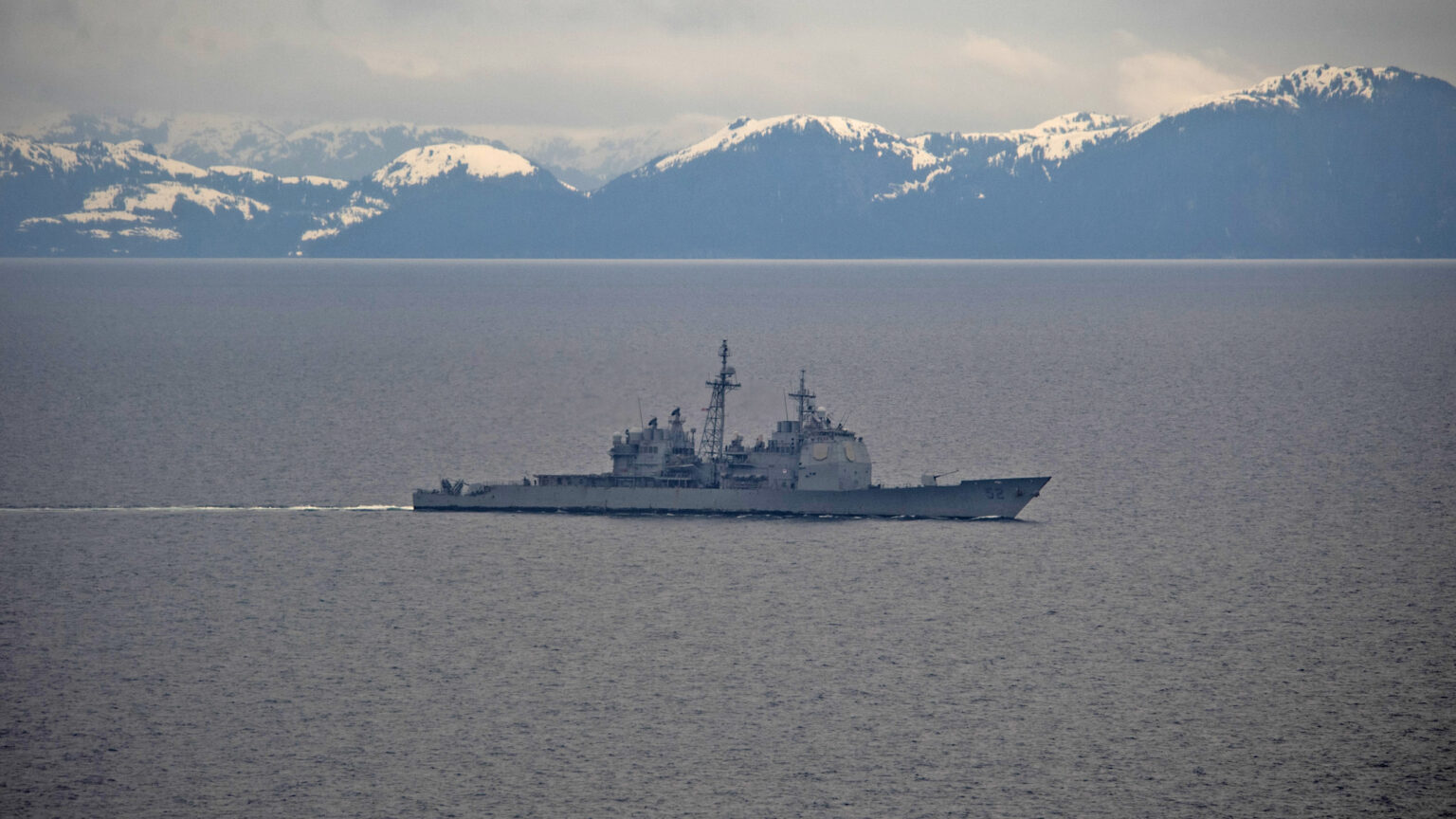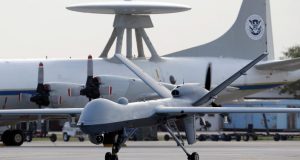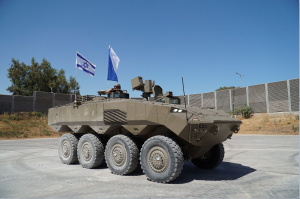The SPY-1 radar, which became operational in the 1970s, is utilized by the US Navy and the naval forces of Australia, Japan, Norway, Spain, and South Korea.

Lockheed Martin’s Moorestown facility in New Jersey plays a crucial role in sustaining the SPY-1 radar system. Although new production of the system is nearing completion, the company is actively preparing the facility for the long-term maintenance of the radar. Joe DePietro, a Lockheed vice president, emphasized the importance of sustaining the radar’s capability from 2040 to 2060 and ensuring the availability of necessary assets for its operation.
Lockheed Martin has continued building new SPY-1 radar systems for international customers, and auxiliary contracts have been received to upgrade certain US Navy radars. The company is also reserving areas in its factory for the repair and testing of future SPY-1 radars that may be damaged during operations.
Discussions surrounding the sustainment of the SPY-1 radar have taken place not only within Lockheed Martin but also with the Navy’s acquisition offices and Chief of Naval Operations Adm. Michael Gilday. The radar remains in service on US Navy cruisers and destroyers, and spare parts can be procured through an existing contract.
While the US Navy plans to replace some SPY-1 units with the SPY-6 radar through a multi-billion dollar deal with Raytheon, the process of retrofitting the fleet will take several years. Therefore, the SPY-1 radar will continue to serve the US Navy for the foreseeable future.
Apart from the US Navy, other countries such as Australia, Japan, Norway, Spain, and South Korea rely on the SPY-1 radar system on their warships. Lockheed Martin’s commitment to sustaining the radar system until 2060 includes providing both domestic and international support to maintain the radar sets in accordance with the service life of the ships. This long-term perspective ensures the radar’s operational readiness for the next 15 to 20 years.






